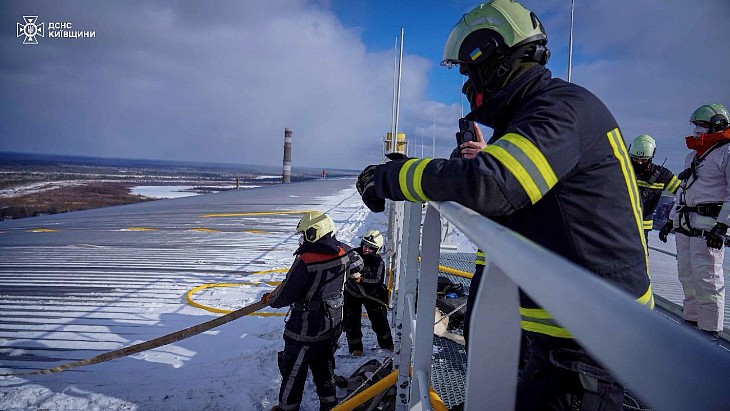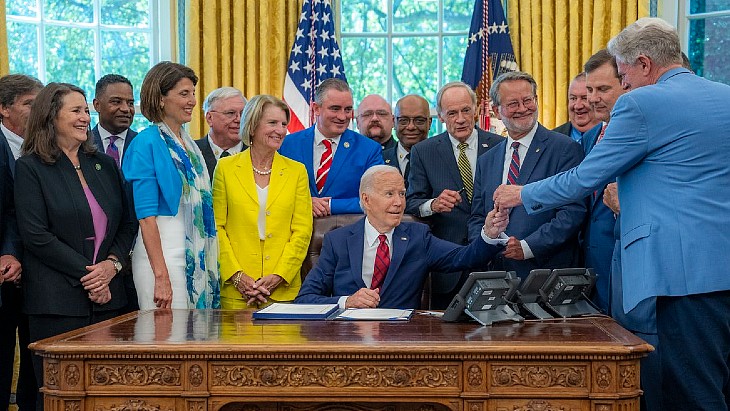Largest IAEA operation to remove disused sources
 The International Atomic Energy Agency (IAEA) has helped remove 27 disused highly radioactive sources - mainly used for medical purposes such as treating cancer and sterilising instruments - from five South American countries. It was the largest such project facilitated by the IAEA in terms of both the number of sources and countries involved.
The International Atomic Energy Agency (IAEA) has helped remove 27 disused highly radioactive sources - mainly used for medical purposes such as treating cancer and sterilising instruments - from five South American countries. It was the largest such project facilitated by the IAEA in terms of both the number of sources and countries involved.The International Atomic Energy Agency (IAEA) has helped remove 27 disused highly radioactive sources - mainly used for medical purposes such as treating cancer and sterilising instruments - from five South American countries. It was the largest such project facilitated by the IAEA in terms of both the number of sources and countries involved.
.jpg) |
| One of the containers with DSRS which were transported from Paraguay for recycling (Image: Radiological Nuclear Regulatory Authority of Paraguay) |
Most radioactive waste arising from nuclear applications consists of disused sealed radioactive sources (DSRS). Radioactive sources are used in different devices in medical, industrial and agricultural facilities. They have to be accounted for and when they are no longer usable, they have to be recovered, dismantled, stored and, in some cases, prepared for transportation. The IAEA's safety standards provide the international requirements to control disused sources and help member states implement technologies to recover, condition and store them.
A total of 27 DSRS were removed from Bolivia, Ecuador, Paraguay, Peru and Uruguay, and transported to Germany and the USA for recycling. The project was carried out over five months, with the transport of the material to Germany and the USA completed in late-March. Canada, where some of the sources were manufactured, funded the project upon requests for IAEA support from the five South American countries.
Raja Adnan, Director of the IAEA's Division of Nuclear Security, said the sealed cobalt-60 and caesium-137 sources pose safety and security risks when no longer in use. "The removal of this large number of radioactive sources has significantly reduced those risks in the five countries," he said.
"Some of these sources were stored at hospitals for more than 40 years," noted César José Cardozo Román, minister and executive secretary of the Radiological Nuclear Regulatory Authority of Paraguay.
"With this action, a problematic situation has been solved, improving safety for the public and environment and reducing the risk of malicious use and possible exposure to radioactive material."
Alejandro Nader, manager at Uruguay's National Regulatory Authority for Radiation Protection, said: "It was a real and concrete positive result for the country's radioactive waste situation. With the removal carried out through the project, Uruguay has no more disused highly radioactive sources. This is an excellent achievement to highlight in terms of safety and security."
"Managing disused radioactive sources is a challenge for many countries," said Kate Roughan, who leads the DSRS team in the IAEA's Waste Technology Section.
"Provision of training and capacity building for the various management options allow the member states to meet this challenge." She added, "Source recycling is a good option when feasible, but the required specialised expertise is available in only a few countries."
Researched and written
by World Nuclear News










_50521.jpg)

